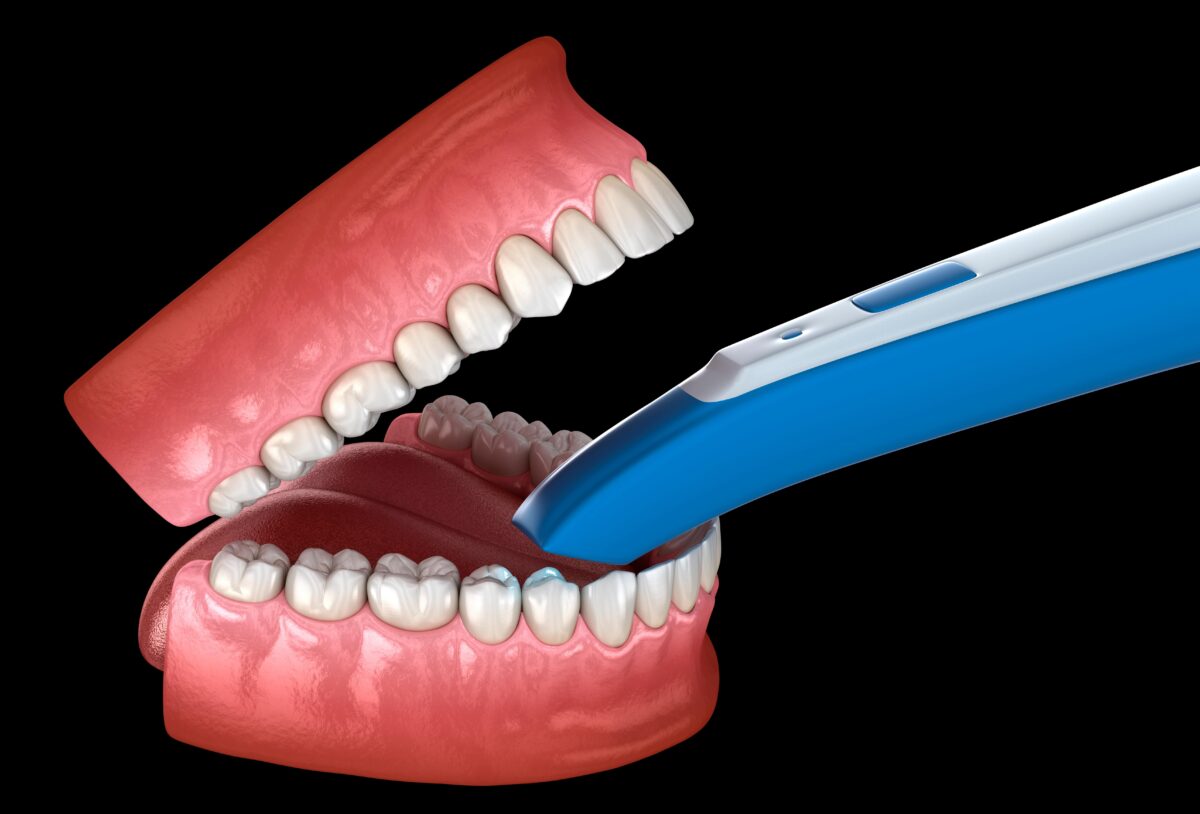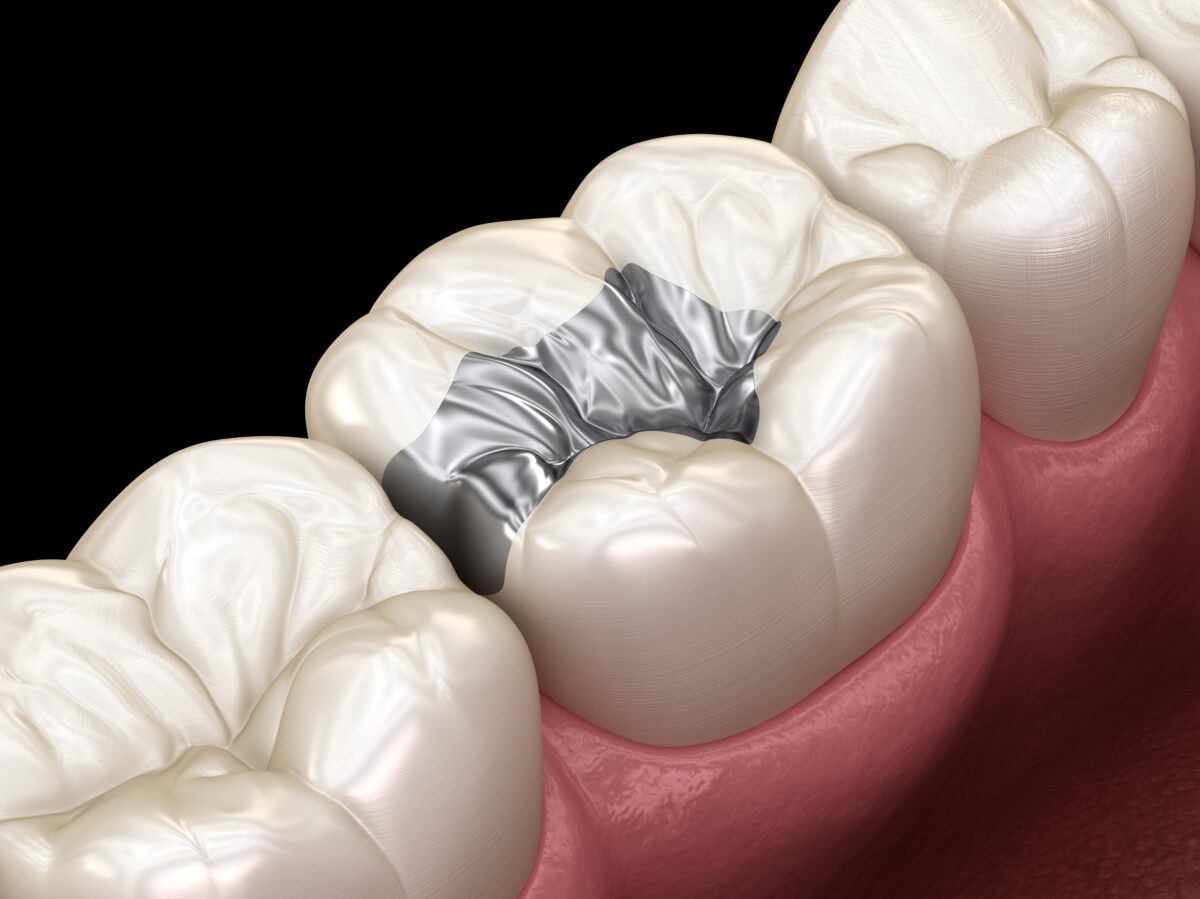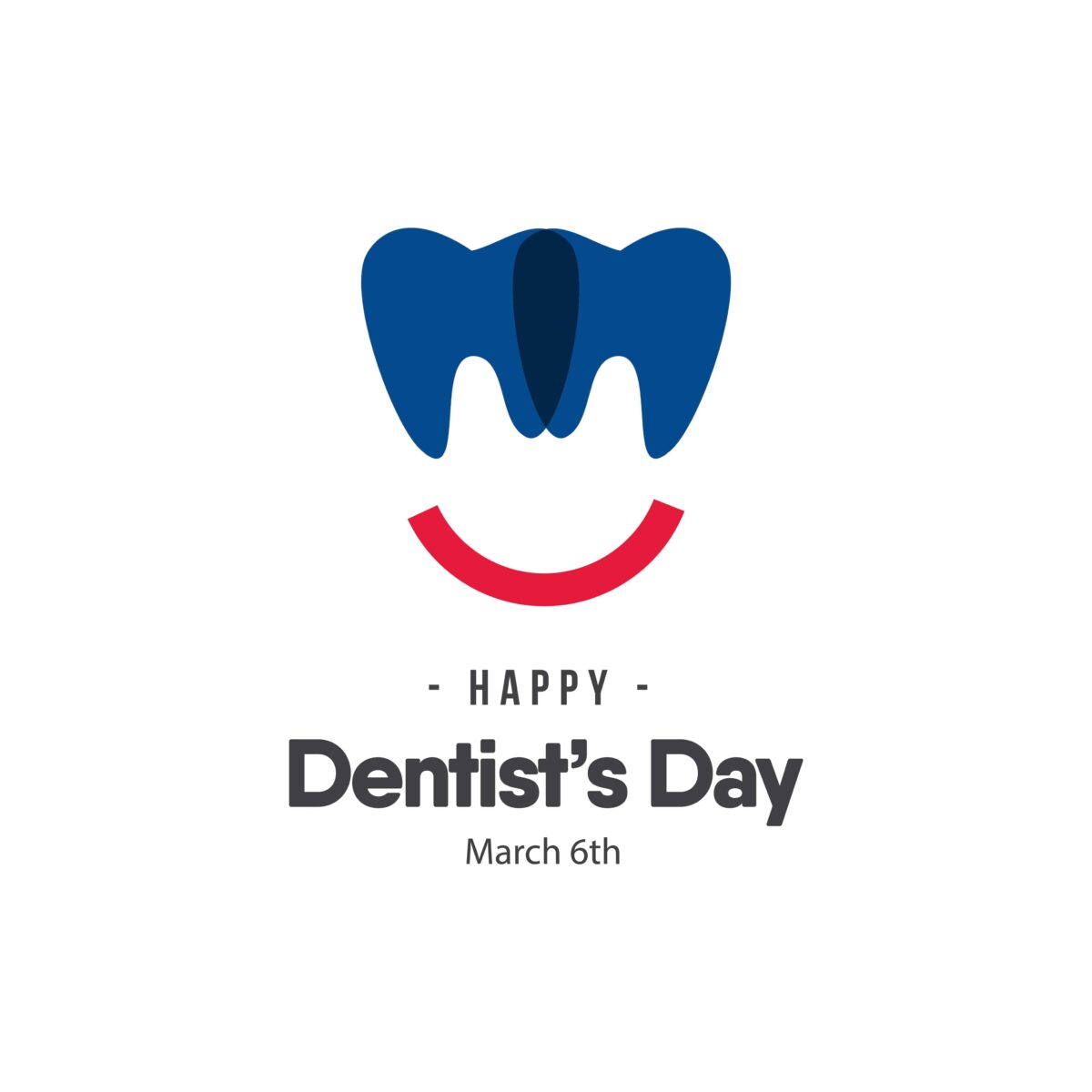When you are faced with a severe tooth decay, what is the best treatment option: root canal treatment or tooth extractions? Both options have their pros and cons, which can make it hard to know what the best option is. In this blog post, we will compare and contrast root canal treatment and tooth extractions, so that you can make an informed decision about which treatment is right for you.
Root Canal Treatment
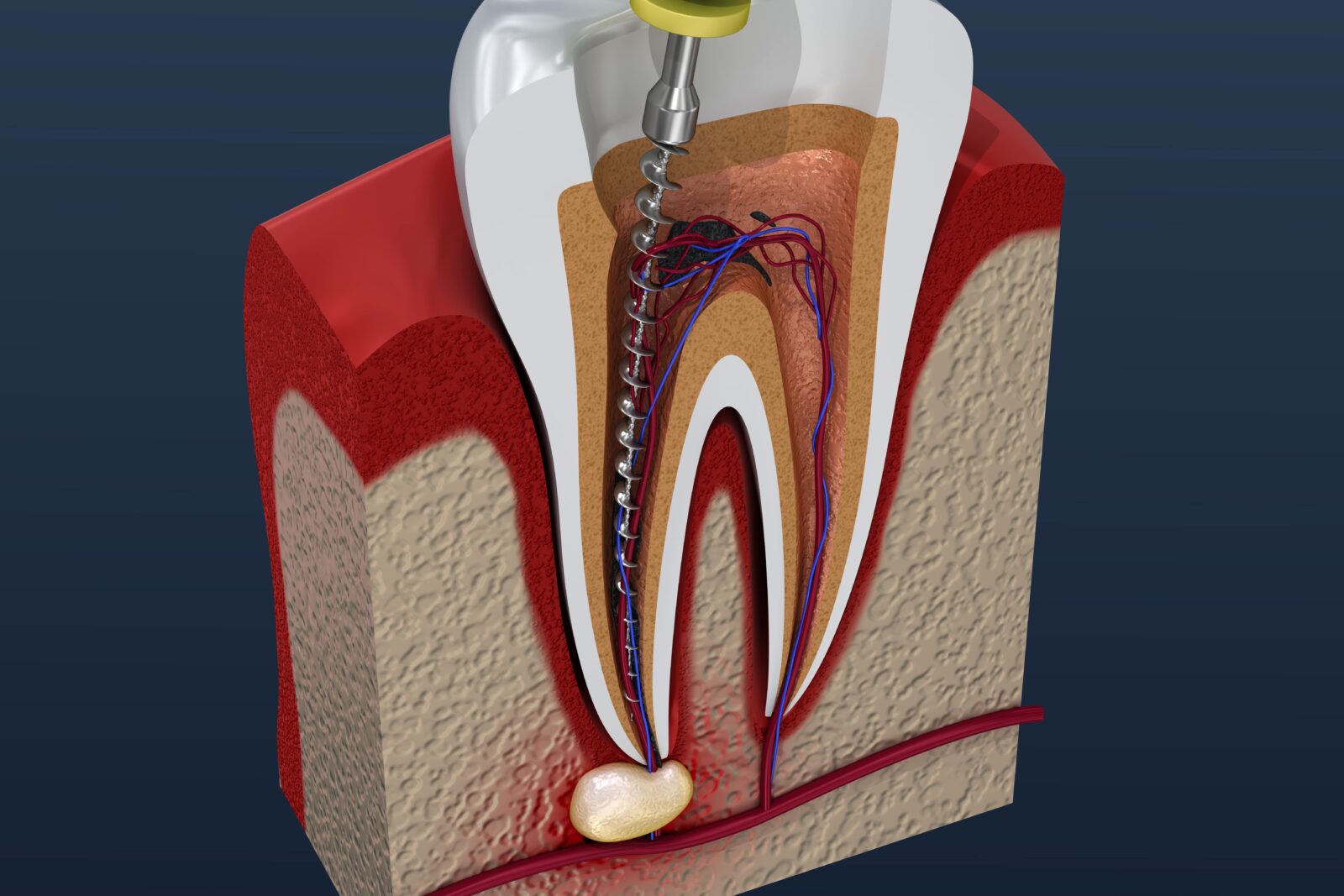
Root canal treatment, also known as endodontic treatment, is a dental procedure that is used to treat severe tooth decay. The goal of root canal treatment is to preserve the natural tooth. During root canal treatment, the dentist will remove the damaged and infected tissue from inside the tooth. This tissue is called the pulp. The pulp is responsible for the blood supply and nerve sensation to the tooth. Once the pulp is removed, the dentist will clean and seal the inside of the tooth.
Root canal treatment can be a bit intimidating, but it is a safe and effective procedure that can preserve your natural tooth. Here are some of the pros of root canal treatment:
- It can save a tooth that would otherwise need to be extracted.
- It is less expensive than tooth extraction and dental implants.
- It allows you to keep your natural tooth.
There are also some cons of root canal treatment:
- It can be a lengthy procedure, sometimes taking two or three visits to the dentist.
- It can be painful, especially if the decay is near the nerve of the tooth.
- There is a small risk of infection after the procedure.
Tooth Extractions
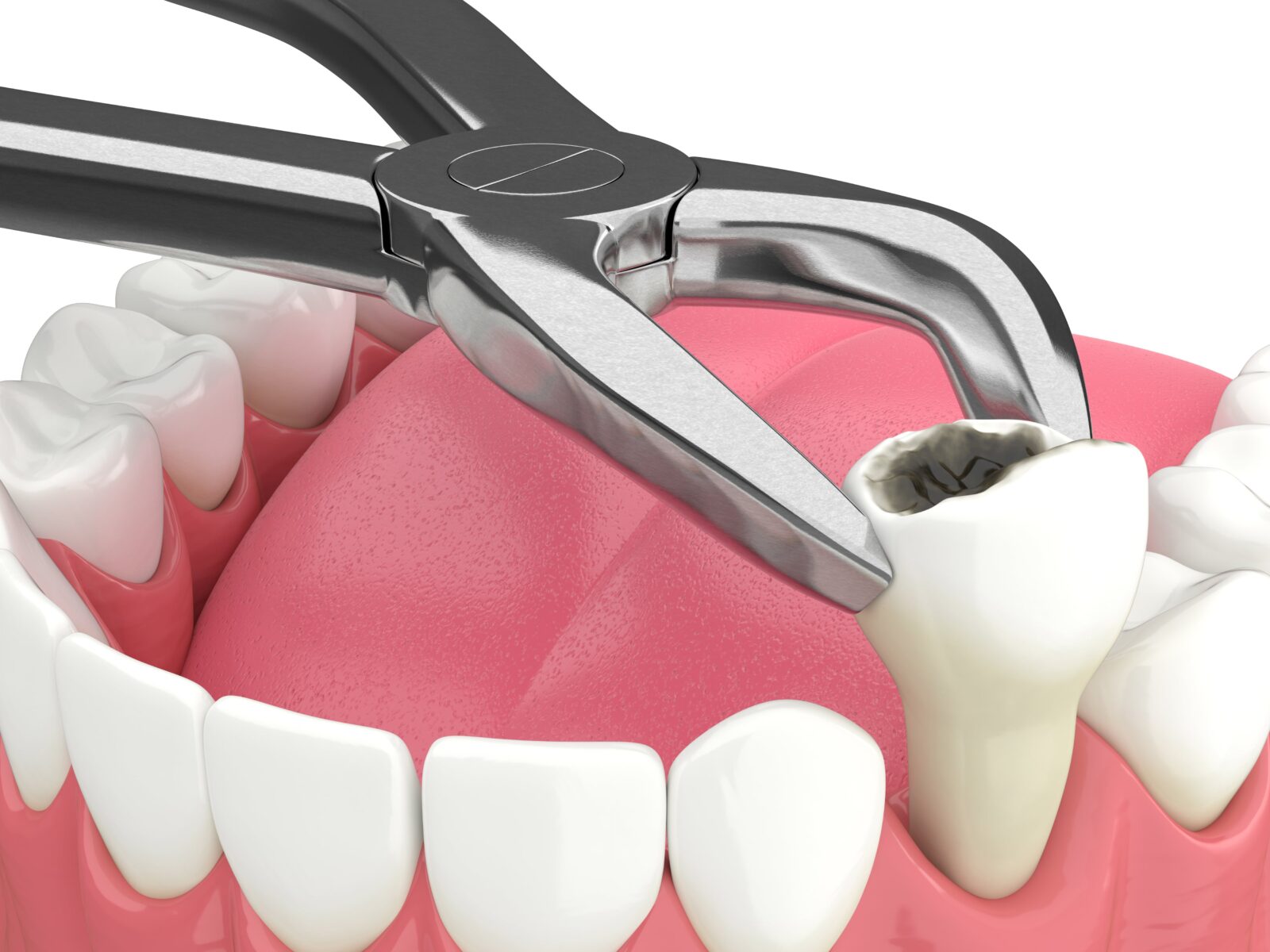
Tooth extractions are a dental procedure that is used to remove a damaged or infected tooth. The goal of a tooth extraction is to relieve pain and protect the surrounding teeth from infection. During a tooth extraction, the dentist will numb the area around the tooth and then use special instruments to remove the tooth.
Tooth extractions are a common dental procedure, but there are some pros and cons that you should consider before having a tooth extracted. Here are some of the pros of tooth extractions:
- It is a relatively quick and easy procedure.
- It is less expensive than root canal treatment or dental implants.
- It can relieve pain and protect the surrounding teeth from infection.
There are also some cons of tooth extractions:
- It can be painful, especially if the tooth is impacted or has a lot of decay.
- It can cause bleeding and swelling.
- It can lead to complications, such as infection.
Which is Best?
So, which is the best option? Root canal treatment or tooth extraction? The answer depends on your individual situation. If you have a moderate tooth decay, then root canal treatment is usually the best option since it can save a tooth that would otherwise need to be extracted, and it is less expensive than dental implants. However, if you have severe tooth decay and/or a significantly deteriorated tooth, then a tooth extraction may be a better option to prevent the infection from spreading. Tooth extractions are a quick and easy procedure, and they are less expensive than root canal treatment. Ultimately, however, the only way to know which is best is to visit your dentist for an exam and diagnostic imaging.
No matter what treatment option you choose, it is important to see a dentist as soon as possible if you are experiencing pain or other symptoms of tooth decay. Early detection and treatment is the best way to protect your teeth and oral health.
